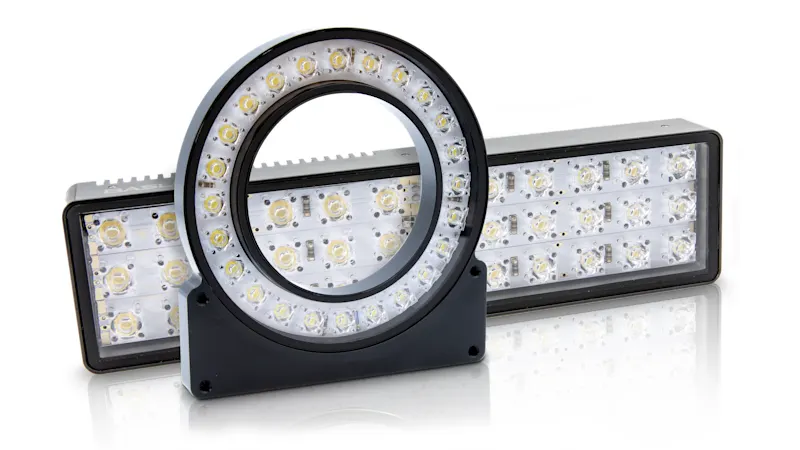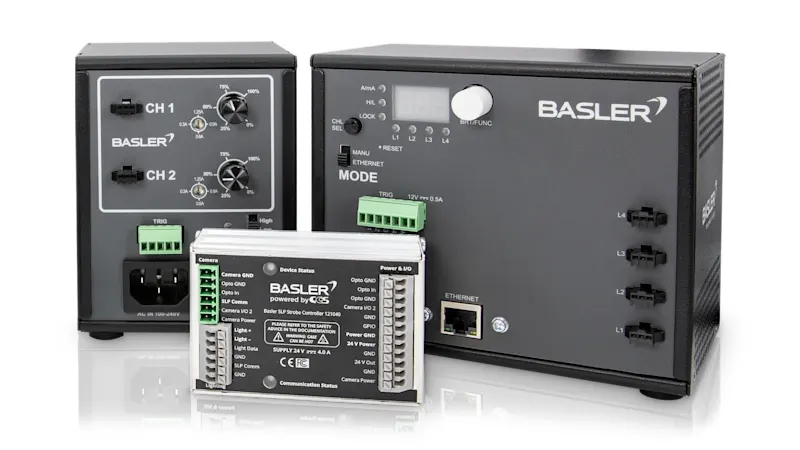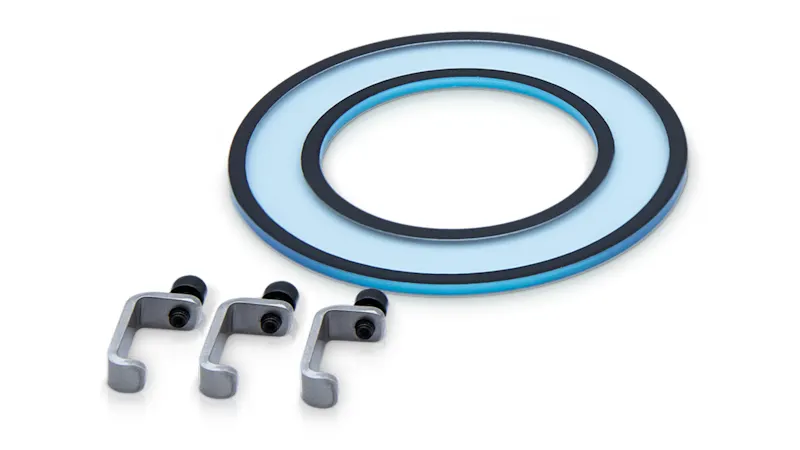Light in Machine Vision
How you find the right lighting
Illumination in a vision system is often overlooked during planning, yet it's essential for achieving high-quality and efficient image capture with cameras. Without the right light source, issues like reflections, shadows, or overexposure can compromise results. It's crucial to select lighting technology tailored to your application and well-matched with the rest of the system. Discover which lighting best suits your setup and the key factors to consider when making your choice.
Lighting types in machine vision
Machine vision is widely used across industries, each with unique objectives. Lighting requirements vary significantly depending on the application. For example, different lighting types are needed for detecting cracks versus distinguishing colors. In industrial image processing, LED lights are the most common choice, available in formats like bar lights, ring lights, and back lights to suit diverse vision tasks effectively.
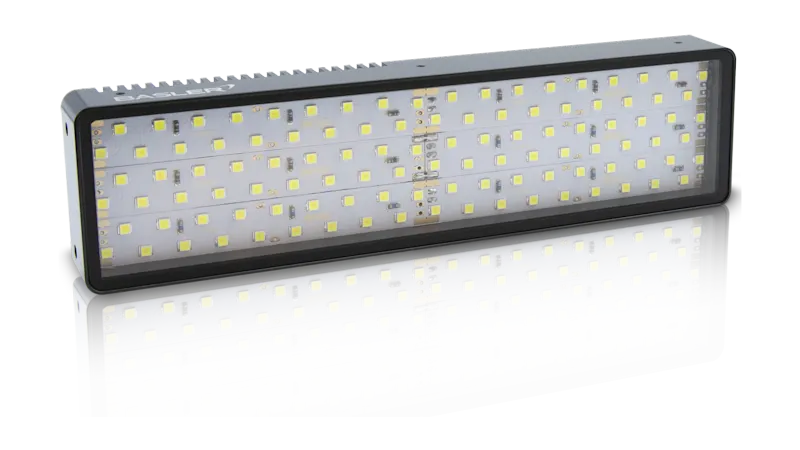
Bar lights
The light comes from a straight bar and illuminates the surface evenly. It is also possible to combine several bar lights so that the motive resp. object is illuminated from different sides. Bar lights can be used to specifically illuminate only certain parts of an object, which is necessary in some applications. They are often used in combination with dark field light, which makes it very easy to inspect surfaces for scratches and abnormalities.
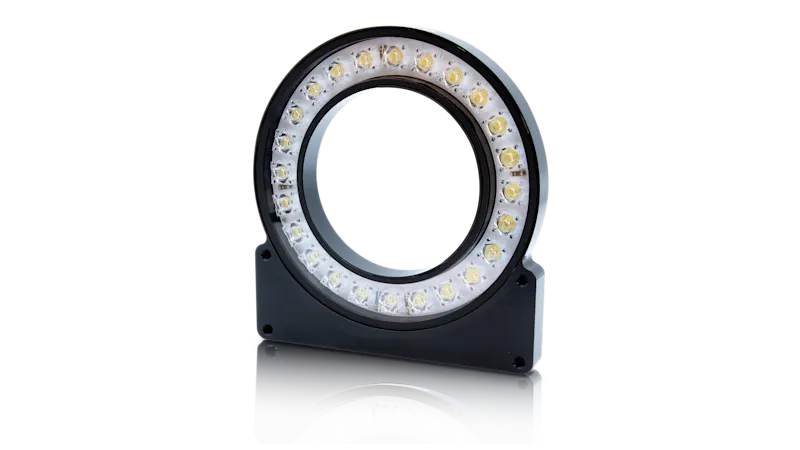
Ring light
Aring light provides circular illumination, evenly lighting the object without casting shadows. As a common front-lighting solution, it enhances image contrast through uniform illumination. Ring lights are versatile and easily adaptable, making them valuable " all-rounders " in lighting technology. They are especially popular in quality control applications for cylindrical objects, where their round shape allows for consistent, even lighting from all angles.
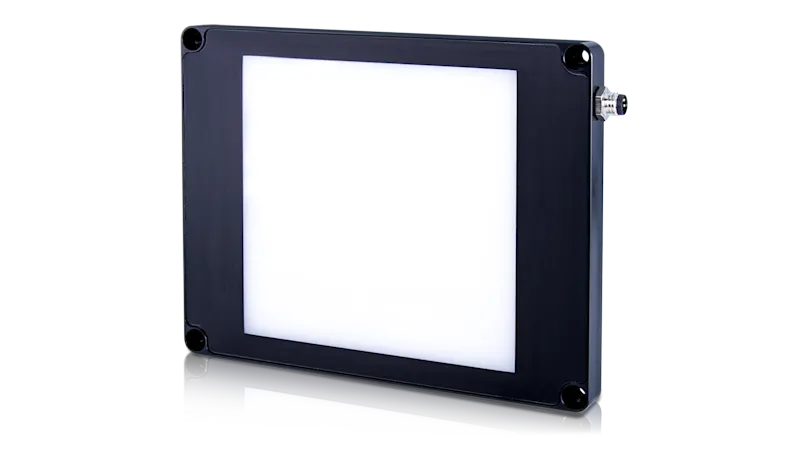
Back light
This lighting technique illuminates the object evenly from behind, capturing clear outlines or creating a silhouette effect. It’s particularly effective for detecting defects like holes, bubbles, or scratches.Back light is also an important standard in quality control for labels and printed paper, although it does obscure surface details.
Light in machine vision: colored light and wavelengths
In image processing, we utilize different properties of light. As light interacts with various materials, it can be refracted, absorbed, transmitted, or reflected, depending on its wavelength. For vision systems and lighting technology, absorption and reflection are particularly valuable properties.
Light is visible to the human eye in the range of 400 to 700 nanometers because it takes on different colors in this spectrum.
An object's physical properties determine whether it reflects, refracts, or absorbs light. Mirrors, for example, reflect light, while water and air refract it. Absorbent materials, like heated surfaces in summer, convert light into heat. Objects also reflect their own color—meaning a red object reflects red light, while a blue one absorbs other colors.
This can be used in quality assurance: With a monochrome camera and red light, red objects appear bright, while blue objects appear dark.
Coordination of your lighting technology
Lighting technology is essential for your vision system, so it’s important to start planning early. Consider the following questions:
Which lighting is used?
Which lighting technology best suits your application?
What wavelength or color is ideal for your light source?
Since lighting is only one part of the system, it's essential that the camera, lighting and machine control come from the same manufacturer to ensure smooth synchronization. At Basler, we provide all the necessary components from a single source, allowing for seamless coordination and synchronization. Lighting technology plays a critical role in image quality, and its importance cannot be compensated by other components. That's why it’s crucial to carefully consider lighting when designing your vision system. As your trusted partner, we offer expert advice and tailored solutions to ensure your system performs at its best.
Our lighting products
Take advantage of our broad portfolio and choose the right product for your vision system. Our Illumination Advisor provides personalized product recommendations, guiding you step by step to the ideal selection of lighting and complementary components.
